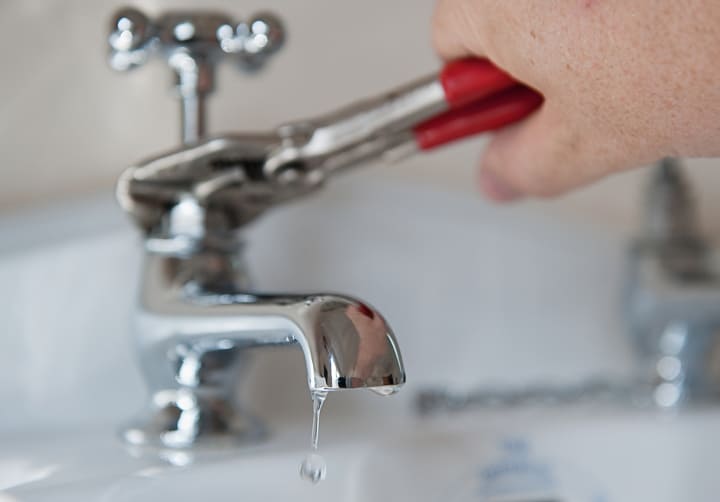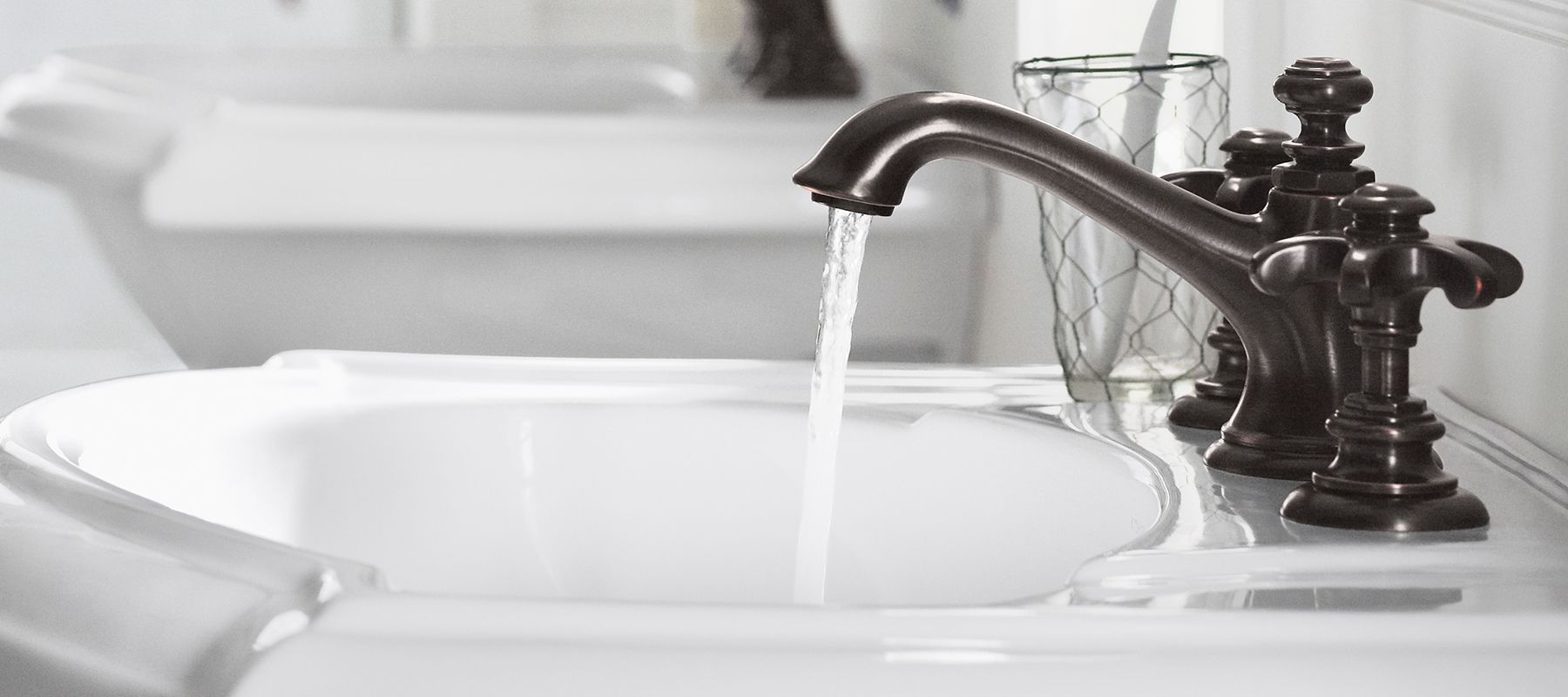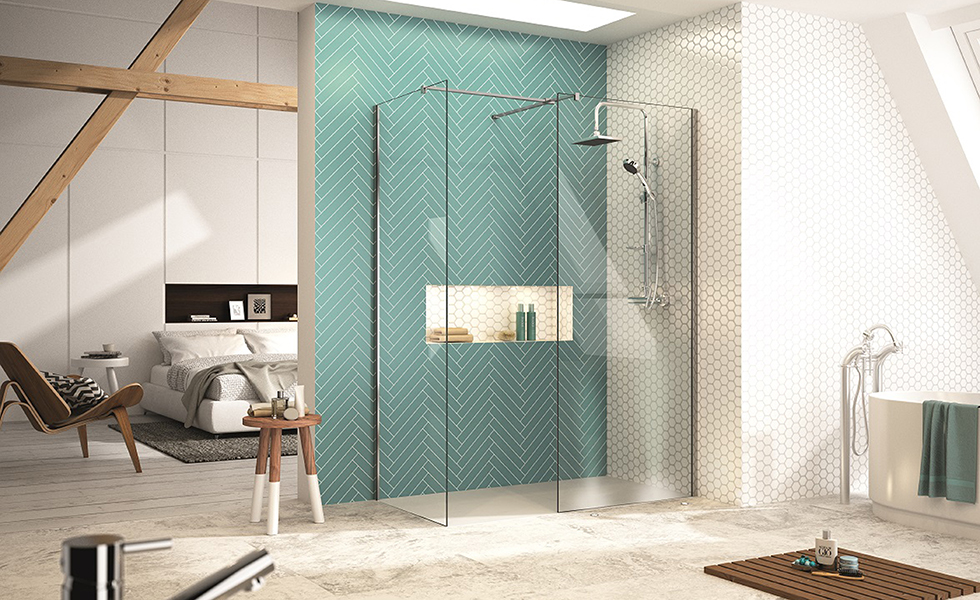Installing Tips For Bathroom Sink Faucets
Bathroom faucets may look more useful than decorative yet the correct equipment can have a significant effect on the structure of your bathroom. There are numerous decisions in bathroom fixtures today to enable everybody to communicate in this private region of the home. These tips will assist you in choosing bathroom fixtures that will fit in with your home's decor.
Interesting points
It doesn't require much investment to introduce a bathroom sink faucet. However, there are a few things you might need to consider before obtaining the faucet. To start with, look at the number of gaps that the sink has for faucet at that point get one that will either utilize them or spread them. Consider is the color of the faucet sections the color of the drain trim. If the new faucet doesn't coordinate you might need to supplant the drain piece alongside the faucet.

Removing an Old Faucet
At first, Turn off the supply valves under the sink or simply leaving the wall. If you are first removing an old faucet, put a container under the valves as you unscrew the hot and cold water supply lines at the faucet as there will, in any case, be water in the lines. At that point, you should unscrew the nuts holding the faucet set up with a basin wrench. Take the faucet out and tidy up the territory from the old faucets.
Introducing the New Faucet
A few faucets accompany a gasket that will seal the new faucet to the sink, others instruct you to utilize handyman's putty. Either place the gasket on or place handyman's putty on the base of the new faucet or set into the spot.
Try not to be hesitant to utilize an excess of putty as you need it to seal right around and the addition will simply press out. Fix the nuts under the faucet to verify and adjust it, at that point tidy up the additional putty. Spot some Teflon tape around the water bay fittings to ensure that a tight fit to the hoses and append the hoses.
Make a point to put the tape on a similar way you will screw on the hoses. Take the aerator off the faucet and walk out on. Check for holes and enable the water to keep running for a couple of minutes to get out whatever could have been in the faucet. Set the aerator back on and your new faucets are prepared to utilize.


